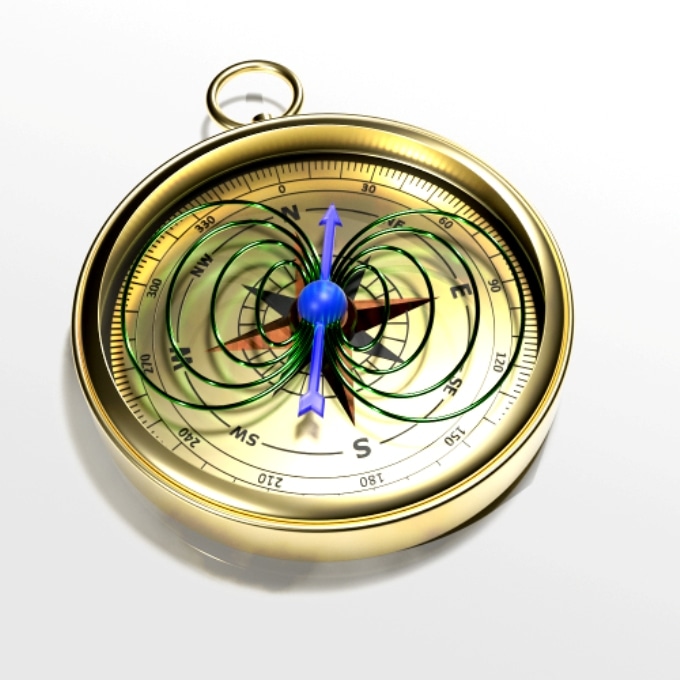Nov 27 2017
An international partnership between researchers from RIKEN’s Ulmer Fundamental Symmetries Laboratory (FSL), Johannes Gutenberg-Universität Mainz, Max Planck Institute for Nuclear Physics, Heidelberg, and GSI Darmstadt has culminated in the use of highly accurate methods for making the most accurate evaluation of the proton’s magnetic moment made to date, and discovered it to be 2.79284734462 ± 0.00000000082 nuclear magnetons — the unit usually used to evaluate this feature.
The magnetic moment — a characteristic of particles that brings about magnetism — is one among the basic characteristics of the proton and is most important in understanding features like the atomic structure.
 Image of a proton trapped in magnetic fields. Credit: RIKEN
Image of a proton trapped in magnetic fields. Credit: RIKEN
Meticulous research went into making the unparalleled measurements, with an accuracy of less than one part per billion. Initially, the scientists had to segregate only a single proton - not two or three - in the trap. The team achieved this by identifying the thermal signal of the ions held in the trap, and subsequently adopting an electric field to get rid of them until only one proton was left behind.
However, the solution to the excellent accuracy was a blend of highly difficult engineering and the potential to alternate the proton between two disparate traps. The technique adopted by the team for direct measurement of a particle’s magnetic moment is dependent on the aspect that the spin of a proton in a Penning trap is automatically aligned with the magnetic field of the trap.
The fundamental technique is to make use of the detector to evaluate two frequencies, namely, the Larmor frequency, or the spin-precession, and the cyclotron frequency of the proton under a magnetic field. These frequencies can be adopted to evaluate the magnetic moment. The proton’s cyclotron frequency can be evaluated by using the so-called Brown-Gabrielse invariance theorem. The Larmor frequency can be evaluated by driving spin flips, with a radio frequency signal heating the particle, and evaluating the spin flip probability as a function of the drive frequency.
However, the hitherto higher accuracy of these evaluations can be enhanced more by adopting the double-trap technique in which the cyclotron frequency is evaluated and spin transitions are actuated in the first trap. Subsequently, the proton is cautiously made to alternate to the second trap at which the spin state is identified by using a large magnetic inhomogeneity, that is, a magnetic bottle. The exceptionally accurate measurements are rendered feasible by the spatial separation of highly accurate frequency measurement and spin state detection.
In the case of the existing experiments, three individual protons were adopted for 1264 experiment cycles, where each cycle took nearly 90 minutes. The entire experiment needed a timeframe of nearly 4 months, which includes maintenance and systematic crosschecks.
To move forward in particle physics, we require either high-energy facilities or super precise measurements. With our work we are taking the second route, and we hope in the future to do similar experiments with antiprotons using the same technique. This will allow us to get a better understanding of, for example, atomic structure.
Georg Schneider, the Study’s First Author
Andreas Mooser, the paper’s second author as well as member of RIKEN FSL, stated, “Looking forward, using this technique, we will be able to make similarly precise measurements of the antiproton at the BASE experiment in CERN, and this will allow us to look for further hints for why there is no antimatter in the universe today.”
The study was reported in the Science journal on November 23rd, 2017.